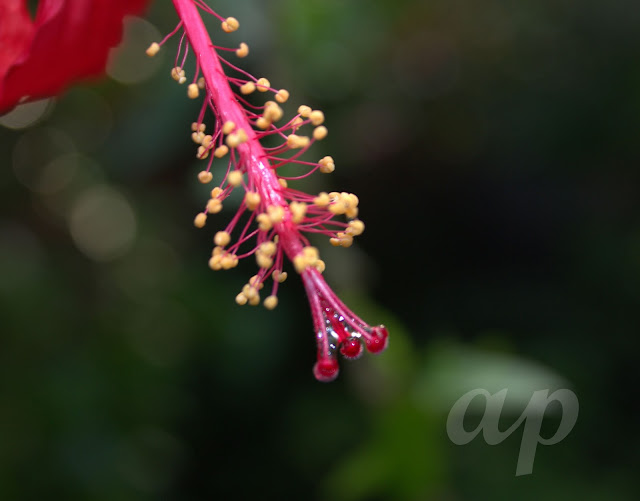Poovamkurinila
poovamkurinilla english name (Vernonia)
Family: Asteraceae (Sunflower family)
Genus: Cyanthillium
Botanical name: Cyanthillium cinereum
PLANT NAME IN DIFFERENT LANGUAGES
Sanskrit: Sahadevi, Uttamakanyapatra
Hindi: Sahadevyi, Sadodi
English: Little ironweed, Purple fleabane, Ash colored fleabane
Malayalam: Poovamkurunnila, Poovamkurunthala
MEDICINAL PROPERTIES
Poovamkurunnila is an annual or short-lived perennial to 50cm with ovate leaves. The stems branch repeatedly at the top to hold aloft the small cylindrical, purple flower heads. Flowers throughout the year. Originally from Central America, now a pantropical weed, it is sometimes considered native to Western Australia. Found in upland crop areas, waste places and roadsides throughout India.
The whole plant of Poovamkurunnila is used for kidney disorders, decoction for diuretic, swellings, stomach pain, diarrhea, eczema, inflammation, lower abdominal pains and menstrual pains.
Genus: Cyanthillium
Botanical name: Cyanthillium cinereum
PLANT NAME IN DIFFERENT LANGUAGES
Sanskrit: Sahadevi, Uttamakanyapatra
Hindi: Sahadevyi, Sadodi
English: Little ironweed, Purple fleabane, Ash colored fleabane
Malayalam: Poovamkurunnila, Poovamkurunthala
MEDICINAL PROPERTIES
Poovamkurunnila is an annual or short-lived perennial to 50cm with ovate leaves. The stems branch repeatedly at the top to hold aloft the small cylindrical, purple flower heads. Flowers throughout the year. Originally from Central America, now a pantropical weed, it is sometimes considered native to Western Australia. Found in upland crop areas, waste places and roadsides throughout India.
The whole plant of Poovamkurunnila is used for kidney disorders, decoction for diuretic, swellings, stomach pain, diarrhea, eczema, inflammation, lower abdominal pains and menstrual pains.
poovamkurinila is a genus of about 1000 species of forbs and shrubs in the family Asteraceae. Some species are known as Ironweed. Some species are edible and of economic value. They are known for having intense purple flowers. The genus is named for English botanist William Vernon. There are numerous distinct subgenera and subsections in this genus. This has led some botanists to divide this large genus into several distinct genera.[2] For instance, the Flora of North America only recognizes about 20 species, 17 of which are in North America north of Mexico, with the other two or three being found in South America.[3]
thanks to wikiepedia)
Rose
Labels:
beautyiful rose,
kerala rose,
rose
Location:
Kerala, India
nilavilaku
 The Nilavilakku is integral to all rituals and ceremonies in a traditional Malayali Hindu family. As the sun rises, young girls of the family bring the lighted lamps to the verandah of the house. The girl is joined by the children and elders of the family, especially the grandparents, chanting hymns. In the evening the ritual is repeated alongside evening prayers.[1]
The Nilavilakku is integral to all rituals and ceremonies in a traditional Malayali Hindu family. As the sun rises, young girls of the family bring the lighted lamps to the verandah of the house. The girl is joined by the children and elders of the family, especially the grandparents, chanting hymns. In the evening the ritual is repeated alongside evening prayers.[1]Although the Nilavilakku is most commonly identified as a religious object of Hindus, anyone can use it; many Christians have the lamps in their churches and homes. Traditionally, the nilavilakku is lighted and kept at the main front entrance of a home. Many Indians believe in the superstitions associated with the Nilavilakku.
Lighting the Nilavilakku on any occasion is believed to be auspicious. Nilavilakku plays an important role in the presentation of various art forms. The art forms are performed after lighting the lamp. It is also used for film shooting ceremonies in South Indian cinema.
Nilavilakku is usually made of bronze or brass. Usually cotton wicks doused in oil or ghee are used for lighting the lamp. There are three ways of lighting the lamp. In one, only one wick is lit and is directed towards the deity or sacred space and in another there are two lit wicks in two directions. The third alternative is with five wicks in five directions( thanks to wikiepedia)
Subscribe to:
Posts (Atom)









































